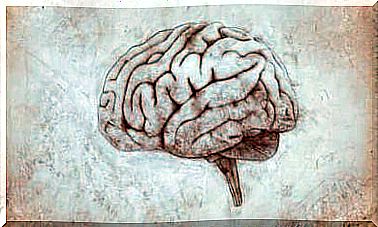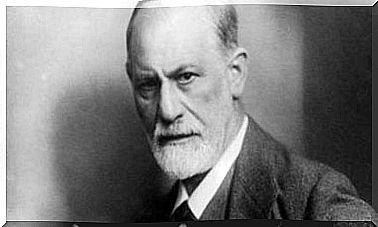Affective Heuristics: We Think How We Feel

The affective heuristic tells us that emotions determine a large part of our thoughts and, therefore, of our decisions. Such a statement assumes great relevance regarding the way we eat, what we buy and how we react to the difficulties of daily life, where we do not always have time to reflect, to think clearly.
In a world that is in a hurry, evaluations based on emotions govern our actions. We would all like to have more time to filter and process much of the information that comes to us. It would be fantastic to be able to stop the second hand to be able to appreciate everything around us in a relaxed way.
However, this is not always possible. Here we often produce responses, behaviors and choices within a few seconds without welcoming them into the mental room of analysis and reflection. Daniel Kahneman, cognitive psychologist, Nobel laureate and expert in decision making, points out an interesting aspect.
When we think fast, we often don’t do it well. And we fail for a very simple reason: because we are not well, because our mood is not always the best. Ultimately, we can’t choose “how to feel” and when more complicated emotions take over, reality gets complicated.

What is affective heuristics?
Affective heuristics reminds us that the world of emotions is more powerful than we are led to think at first glance. Indeed, neuroscience is not mistaken when they say that the human being is first of all an emotional creature who at some point has learned to think.
Antonio Damasio, a cognitive neurobiologist known for his work as a popularizer, explains in The Strange Order of Things that emotions – understood as somatic markers – influence a large part of our reasoning. So, even though we sometimes take it for granted that “by controlling the thoughts” we will be able to dominate the emotions, things are not as simple as they appear.
Affective heuristics: quick responses to daily needs
Heuristics is a mental shortcut. This is a strategy we use to solve a very specific problem quickly and as easily as possible. It is therefore easy to understand that the affective heuristic is a response or a choice that we make unconsciously based on how we feel at a given moment.
Evaluations that are based only on affection (not reflection) are quick and automatic. Does this mean that all the decisions we make with heuristics are wrong? The answer is no”. As Slovic, Finucane, Peters and MacGregor (2002) explain to us, affective heuristics also leverage our experiences. Here are some examples:
- If I’ve had a bad day at work, I go shopping because I know that in other situations it made me feel good. However, it could be risky – I’ll probably buy things I don’t need.
- I deal with selection in a company. I have to choose a candidate from all the interviews done on the same day. I will choose the one who inspires me the most confidence regardless of his background and experience, because in some cases this modality has given good results.
The study conducted by Dr. Paul Slovic of the University of Oregon indicates that judgments based on affective heuristics occur when we do not have time to reflect or, rather, when our mood is on the ground and we cannot think. lucidly.

What happens if I make all my decisions based on the affective heuristic?
This “mental shortcut” is an intermediary in most of our decisions, large or small. Sometimes we could act successfully, letting ourselves be guided by instinct, by the so-called “somatic imprint” according to the definition of Antonio Damasio.
Nonetheless, generally when we act automatically and driven by emotions, the result is harmful behaviors, even for ourselves. For example, we may fall victim to an eating disorder, an addiction, or simply make decisions that we will regret shortly thereafter.
To avoid (or at least to control) this, we must not completely exclude the emotional component from our mind. People are basically emotions, so you don’t have to keep them away, you have to understand them, learn to manage them, assimilate them and know how to master them.
Conclusions
Dr. Daniel Kahneman explains to us in his text Thinking Slow and Fast that we should promote slower and more deliberative thinking, without always getting carried away by the first impulse.
Knowing how to balance emotions with logic, weaving feelings with the thread of reflection will certainly help us make more thoughtful and more successful decisions. At least, let’s try.









